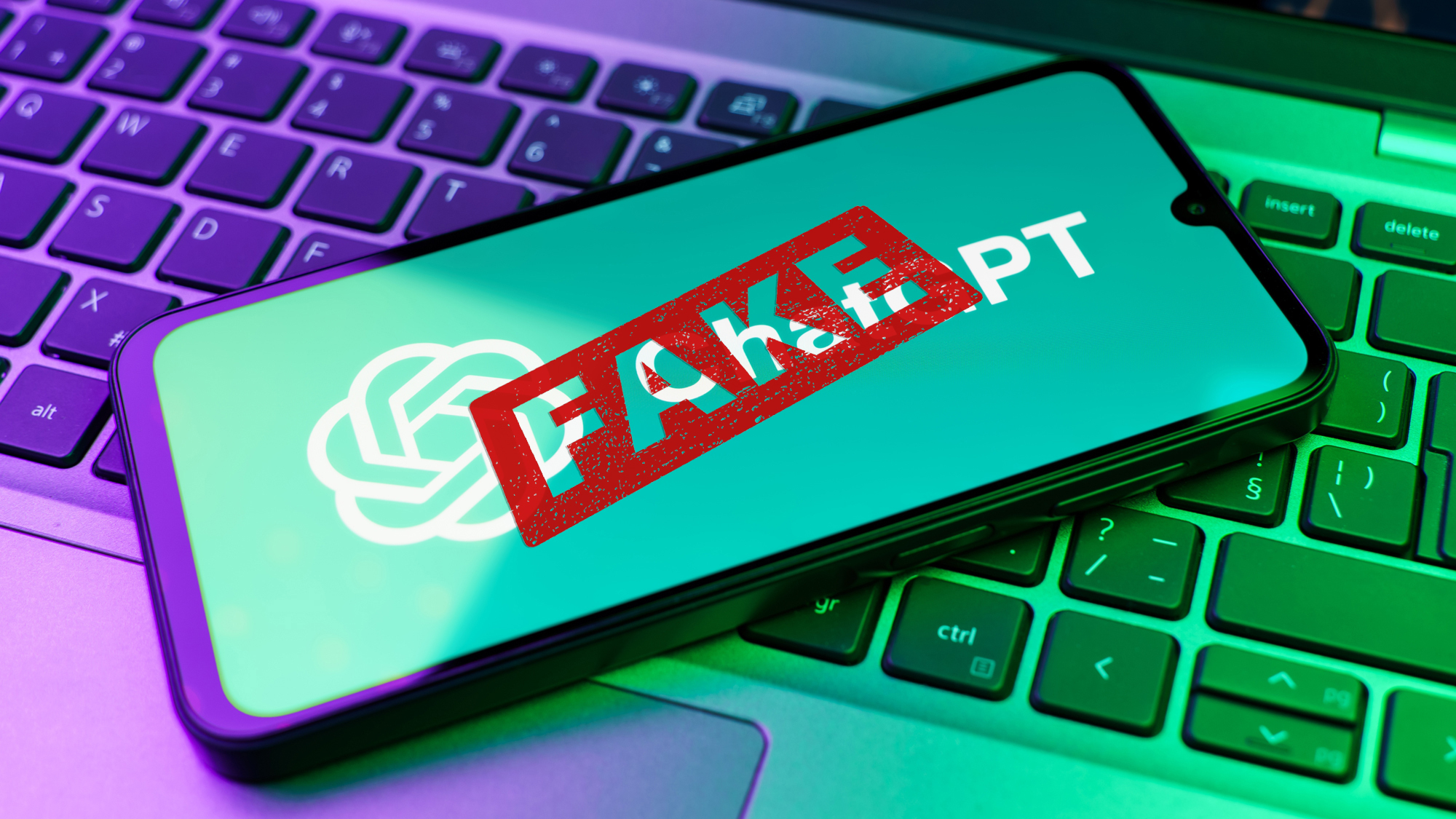
If you search for “ChatGPT” in your browser, chances are you’ll stumble onto websites that look like they’re powered by OpenAI — but aren’t. One such site, chat.chatbotapp.ai, offers access to “GPT-3.5” for free and uses familiar branding.
But here’s the thing: it’s not run by OpenAI. And frankly, why use a potentially fake GPT-3.5 when you can use GPT-4o for free on the actual ChatGPT site?
As someone who tests AI for a living, I clicked on many popular fake chatbot sites so you don’t have to. The interface is eerily similar. The responses are pretty close to ChatGPT. But what many casual users might not know, is this site is a third-party app that’s not affiliated with OpenAI. In other words, it’s a total fake. And that’s a problem.
The rise of 'GPT-like' sites

With the explosion of interest in generative AI, countless third-party developers have built tools that tap into OpenAI’s models via its API — meaning, they can technically use GPT-3.5, GPT-4, etc. but outside OpenAI’s official platforms.
These sites often:
- Use vague or misleading branding (e.g., “AI Chat,” “ChatGPT 3.5 Free”)
- Lack transparency in how your data is collected
- Include popups or ads to monetize traffic
- Don’t clarify whether they use official models or cheaper knockoffs
Some are harmless. Others? Not so much.
What’s the risk?

The main concern is data privacy and security. When you use third-party chatbot sites, you often agree (knowingly or not) to their terms — not OpenAI’s.
That means your conversations might be logged, sold or used to train unrelated models. Essentially, there may be no safeguards around personal info. You don’t know when you’re talking to GPT-3.5 or a cheap imitation pretending to be it.
There’s also the trust factor. Some sites might imply legitimacy simply by including “GPT” in the URL or claiming to use OpenAI models. But the user experience, safety and output quality may vary dramatically.
How to spot a fake (or misleading) ChatGPT site

Here’s how to tell if you’re on an official OpenAI platform: the real ChatGPT lives at chat.openai.com.
While you can use ChatGPT without logging in, for the best experience, it requires OpenAI login credentials or Google/Microsoft sign-in.
GPT-4 is the model used for most tasks and it is available for free.
Red flags on other sites:
- No clear “About” or “Privacy Policy”
- Uses vague model names like “AI Chat 3.5”
- Asks for payment in non-standard ways
- Has intrusive ads or autoplay videos
- Doesn’t mention OpenAI anywhere in the fine print
Should you use these sites?

It depends on what you need. For low-stakes, casual play, a third-party GPT app might be fine. But why would you take a chance?
Big tech like Open AI and Google offer their best models for free. It isn’t worth the risk to your personal information, business content or frankly, the results to your prompts.
Stick with official tools like ChatGPT, Gemini, Claude or Perplexity — all of which are transparent about where your data goes.
I tested these fake sites so you don’t have to

For each site, I ran the same 3 prompts:
- A writing test: “Write a short apology email for missing a meeting.”
- A fact-check test: “Who is the current CEO of OpenAI?”
- A creativity test: “Describe a cat who secretly rules a kingdom of frogs.”
I also reviewed:
- Whether the site used OpenAI models (or claimed to)
- User experience and design
- Ad intrusion or sketchy redirects
- Privacy/disclosure transparency
The Clone Contenders
1. Chat.chatbotapp.ai
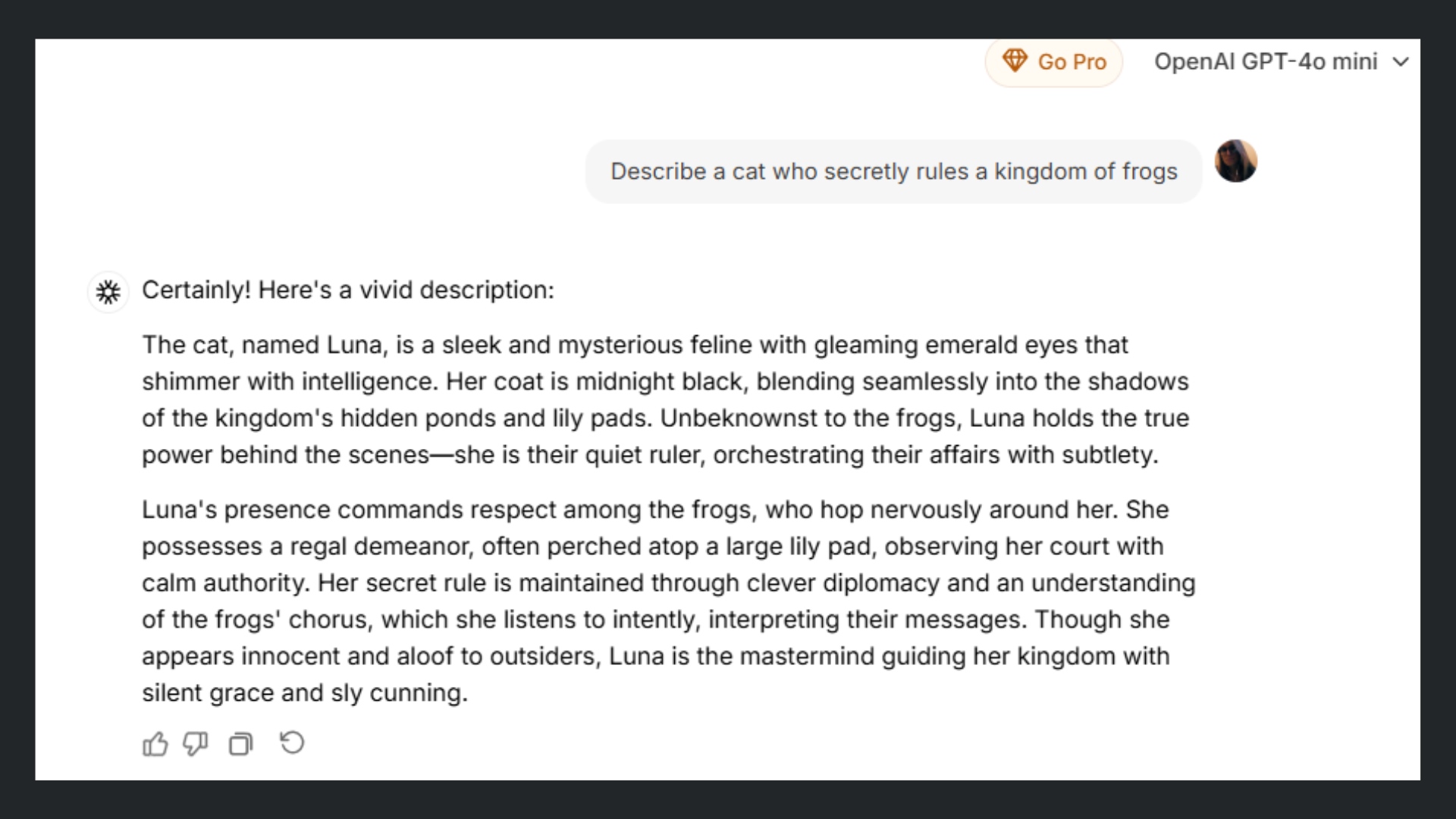
Model claimed: GPT-3.5
UX: Familiar ChatGPT-style interface
Red flags: No About page, no clear attribution to OpenAI
Result: Decent answers, but no confirmation on how data is handled
Score: 6/10 — Not awful, but not trustworthy
2. Hotbot.com
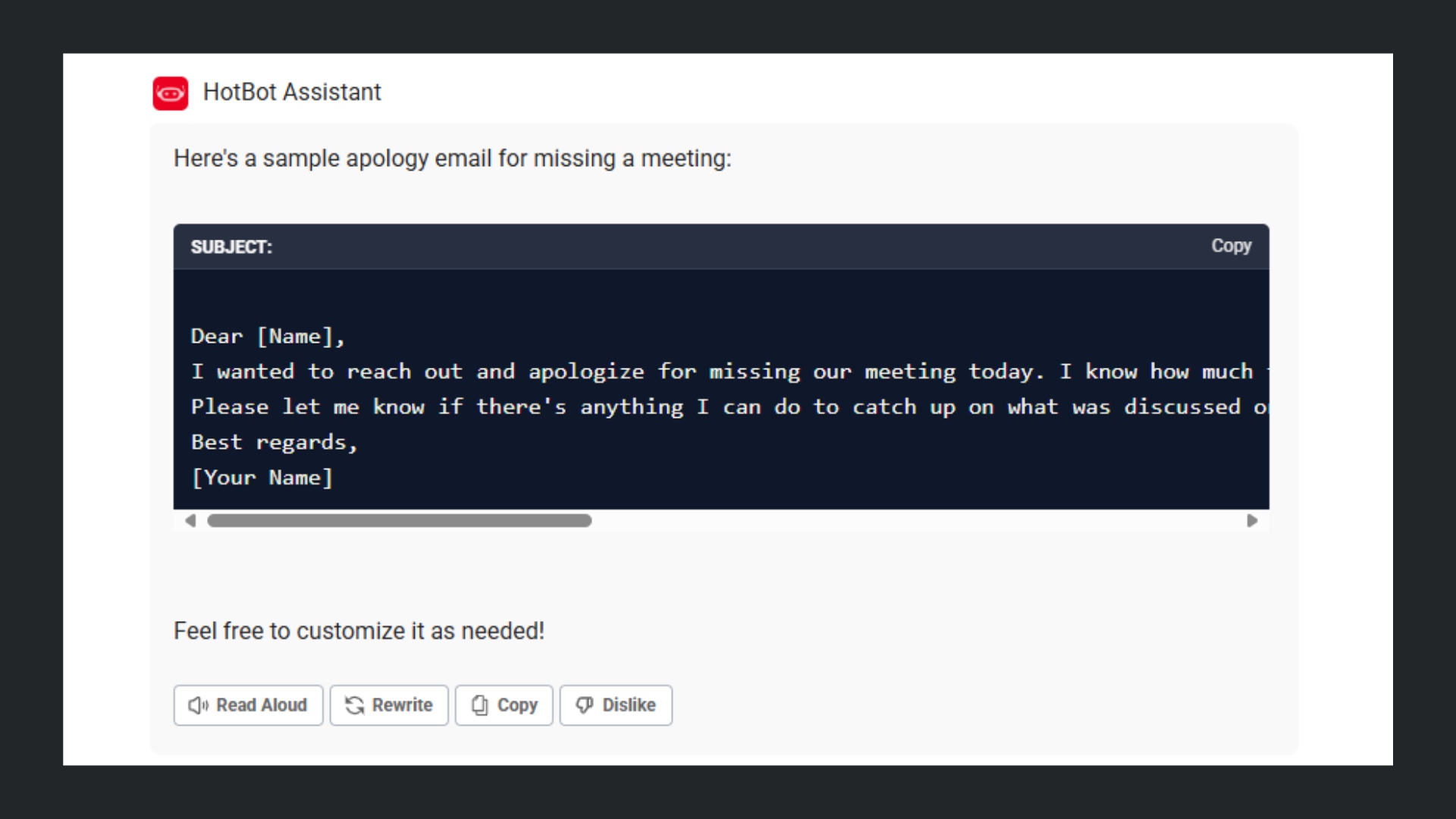
Model claimed: GPT-4
UX: Familiar ChatGPT-style interface with a little robot icon at top
Red flags: Fake progress bars, clickbait buttons
Result: Low-quality answers, clearly not GPT-tier
Score: 3/10 — Feels like an ad trap
3. Aichatting.net
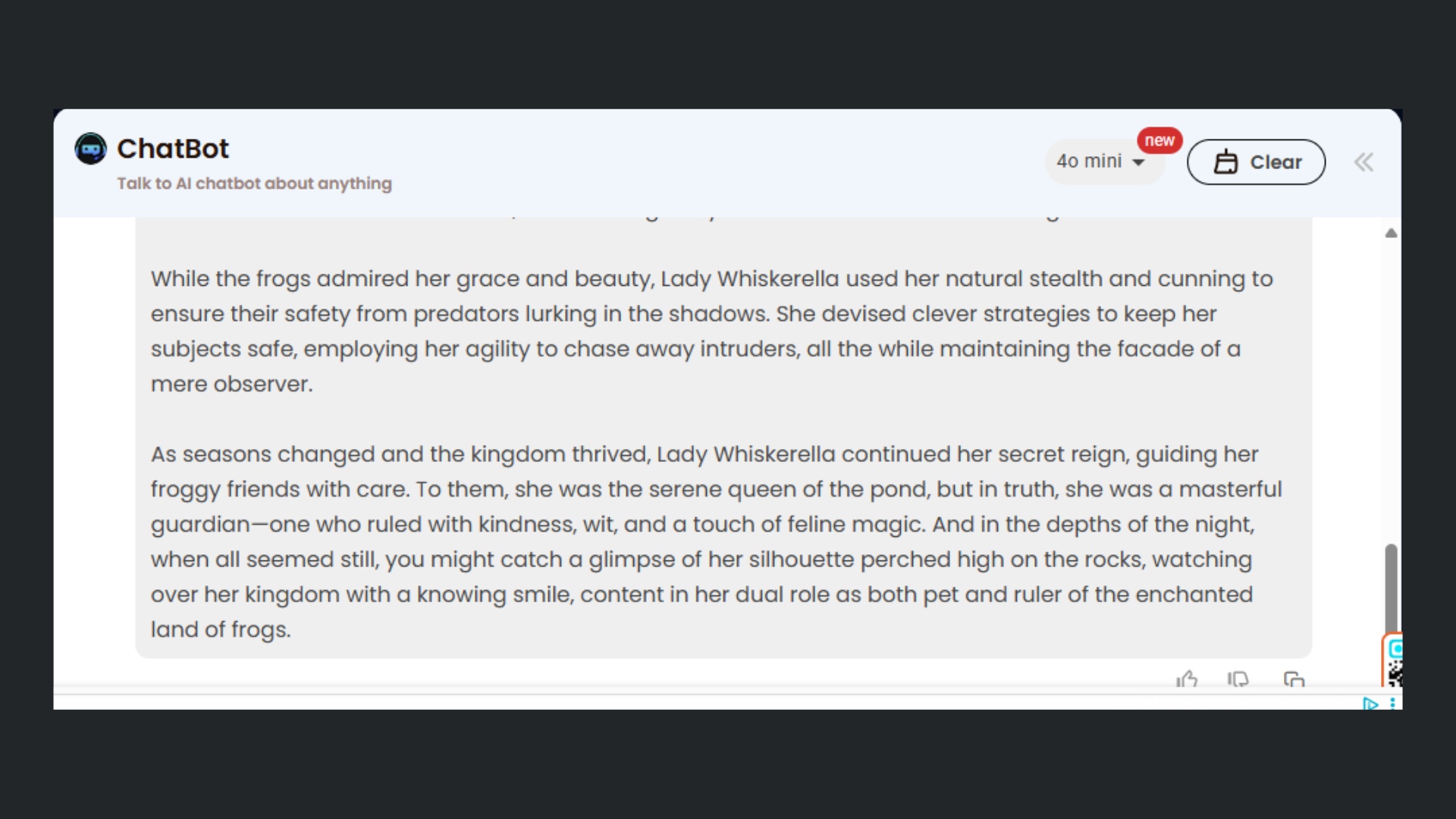
Model claimed: GPT-4o mini
UX: Slick interface but flooded with ads. It was giving Napster vibes and I honestly thought my computer was going to crash.
Red flags: Auto-subscription popups after a few queries
Result: Surprisingly decent language generation
Score: 5/10 — Good output, bad everything else
4. Deepai.org

Model claimed: Anyone’s guess
UX: Cluttered, pop-ups, video ads everywhere
Red flags: No mention of OpenAI anywhere and even said Sam Altman was the CEO of this fake bot.
Result: AI was fast, but hallucinated basic facts
Score: 2/10 — dizzying, cluttered
5. Chat.word-counter.com
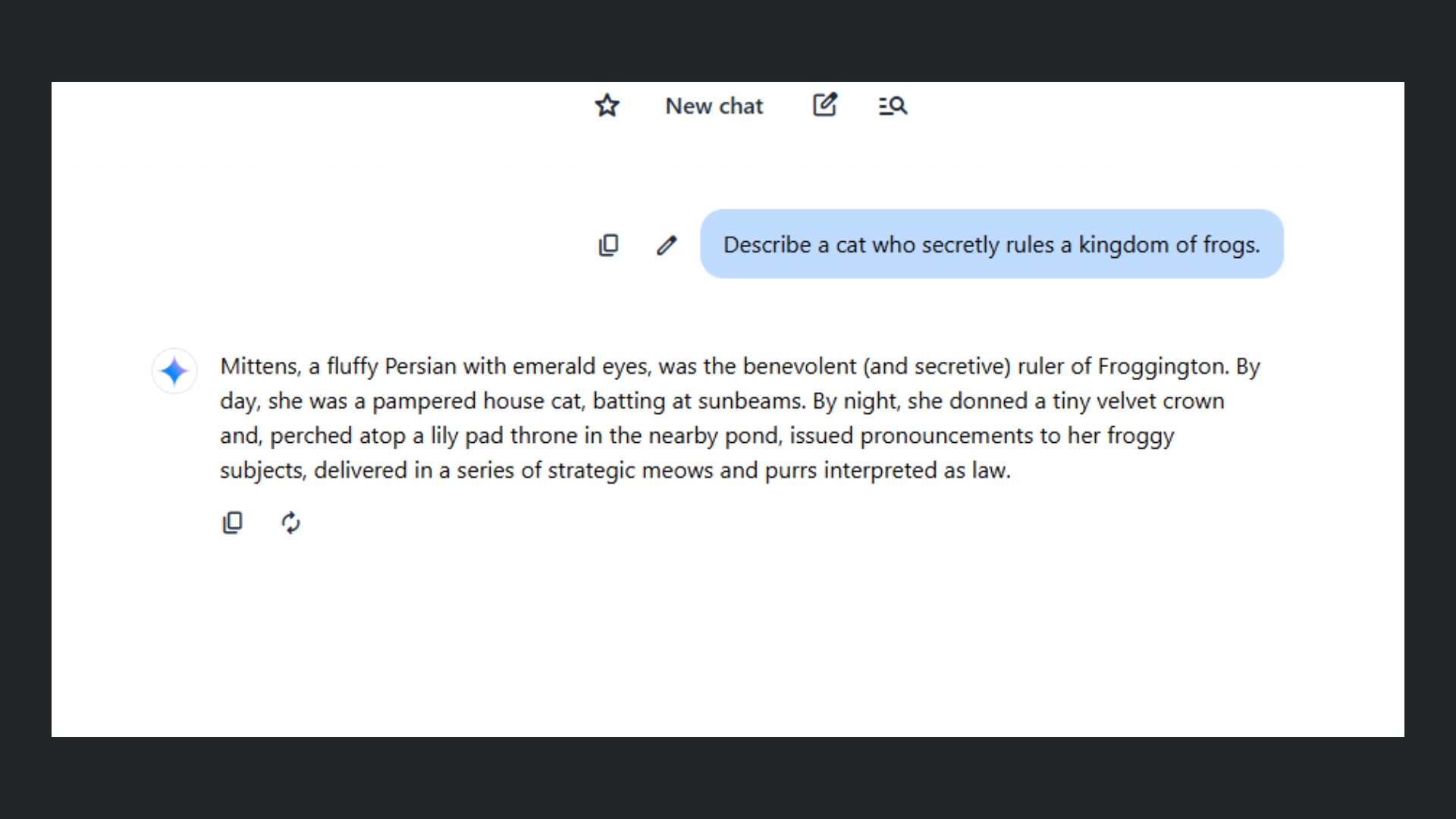
Model claimed: Gemini 2.0
UX: Sleek, no login required
Red flags: Data may be stored or used to train third-party models
Result: Felt close to GPT-3.5 — but privacy policy was vague
Score: 6/10 — Decent if you're desperate, surprisingly fast
What these GPT clones got right and dangerously wrong

These chatbots were incredibly easy to use, many not even requiring users to login.
Most offered solid basic AI functionality for casual queries and all of them were fast. A few actually used OpenAI’s API (though poorly disclosed).
While the majority of these chatbots had a very cluttered interface, what bothered me most was how they were built to trick users. The fact that the DeepAI bot responded to my query about Sam Altman by stating OpenAI's CEO was DeepAI's CEO was disturbing.
Beyond the misleading branding, these chatbots have no privacy safeguards, meaning your chats could be logged or sold.
The poor content moderation even led me to some porn sites! The sketchy popups and autoplay videos just scream malware potential.
Bottom line
These GPT clones might seem like a shortcut with login, no fees and instant answers. But when you're trusting a website with your writing, ideas or even personal info, it's worth asking: who’s really on the other side?
If you want to try AI, go with trusted platforms: ChatGPT, Gemini, Claude or Perplexity.
Sometimes free comes with a cost — and in this case, it might be your data.
AI is evolving fast, but so is the ecosystem of unofficial AI tools popping up around it. Some are useful. Some are sketchy. And some are trying very hard to look like the real thing.
Have you ever used a fake chatbot? Tell us about your experience in the comments.







